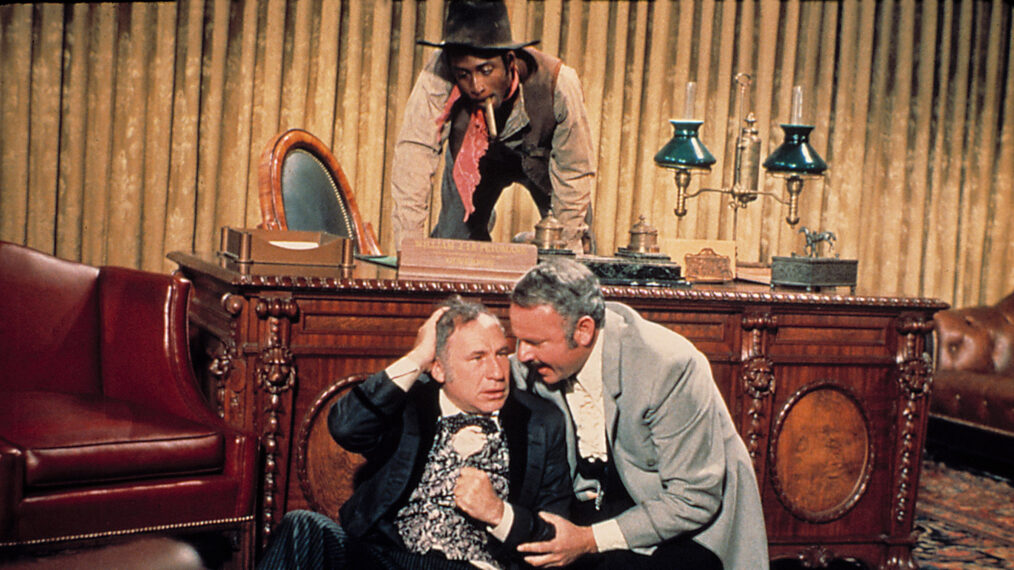Offbeat Westerns Even Non-Western Movie Fans Will Love
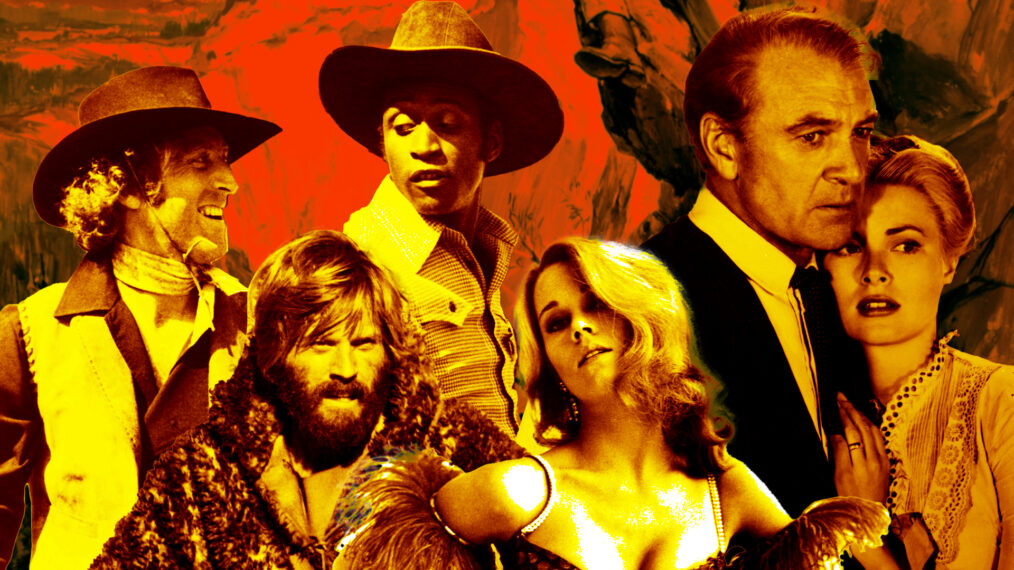
Everybody knows what goes into a Western. Brave, square-jawed pioneer men and plucky, pretty pioneer women. Sudden, savage attacks on covered wagons and a courageous 7th Cavalry riding to the rescue. Bad guys in black hats, good guys in white hats, and simple, frontier justice. But what if that’s what you hate about Westerns? Luckily for you, there are plenty of oaters that don’t trot out the usual stereotypes — or, when they do, slyly take these tropes down a different road. They’re Westerns for people who don’t like Westerns (or at least think they don’t).
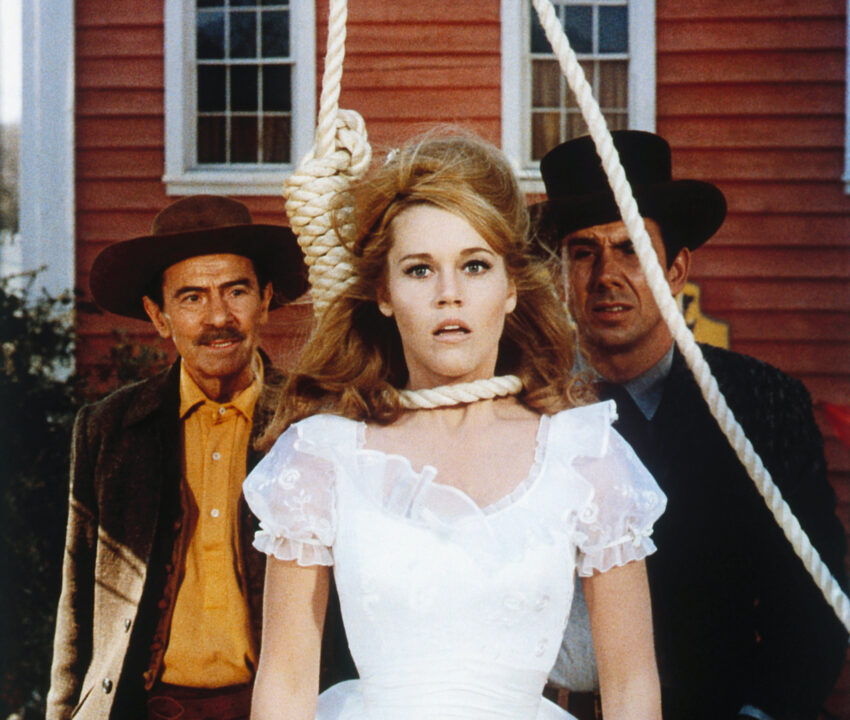
Everett Collection
If what gets you down about cowboy pictures is their grim griminess, for example, why not start off with a colorful comedy? The classic Blazing Saddles is probably Mel Brooks’ most unhinged movie spoof, a sagebrush satire that rounds up jokes about beans, Hollywood dance routines, and Hedy (“It’s Hedley!”) Lamarr. And the antique but amiable Cat Ballou can still delight, with kittenish Jane Fonda as its spirited heroine and a surprisingly funny Lee Marvin in a dual role (which won the perpetual bad guy an Oscar).
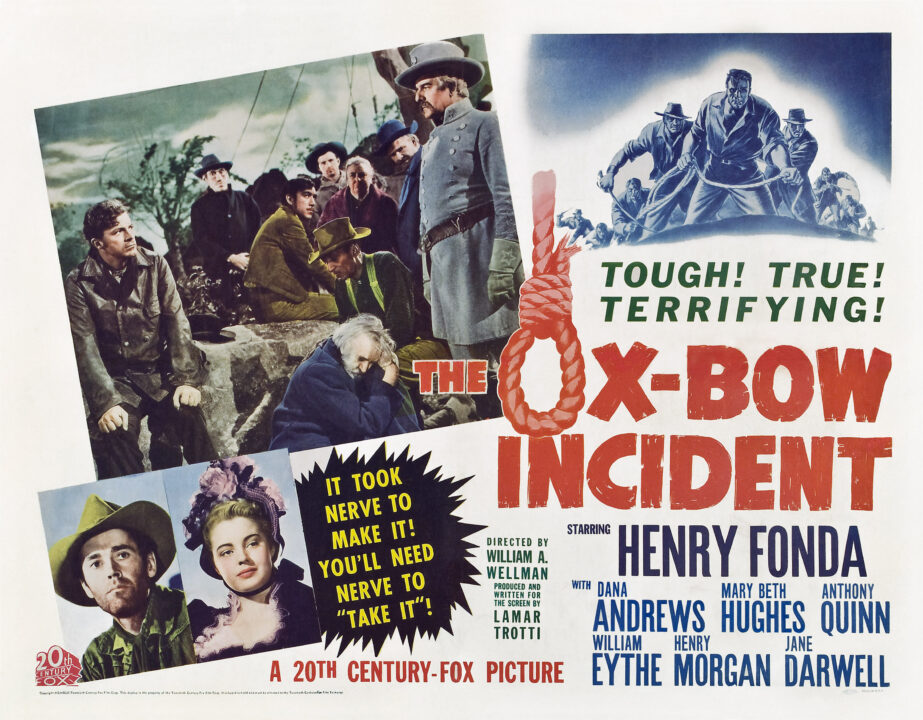
Century Fox Film Corp./courtesy Everett Collection
Or, if it’s the Western’s celebration of ruthless posses and do-it-yourself justice you can’t stand, look to pictures that don’t see vigilantism as a virtue. The classic The Ox-Bow Incident is a short, sharp, serious story about mob rule, and shows what happens when law and order give way to lynching. And Hang ‘Em High has Clint Eastwood surviving his own unscheduled “necktie party” — and then calmly going after his would-be executioners not as a lone avenger but as a duly, and newly, appointed U.S. marshal.
While we’re being serious, it’s necessary to admit that the worst part about many Westerns is their casual racism; although some classics, like Fort Apache and Cheyenne Autumn, treat all their characters with respect, in many films the stereotypes of hostile “savages” still dominate.
Saddle Up and Try These Out
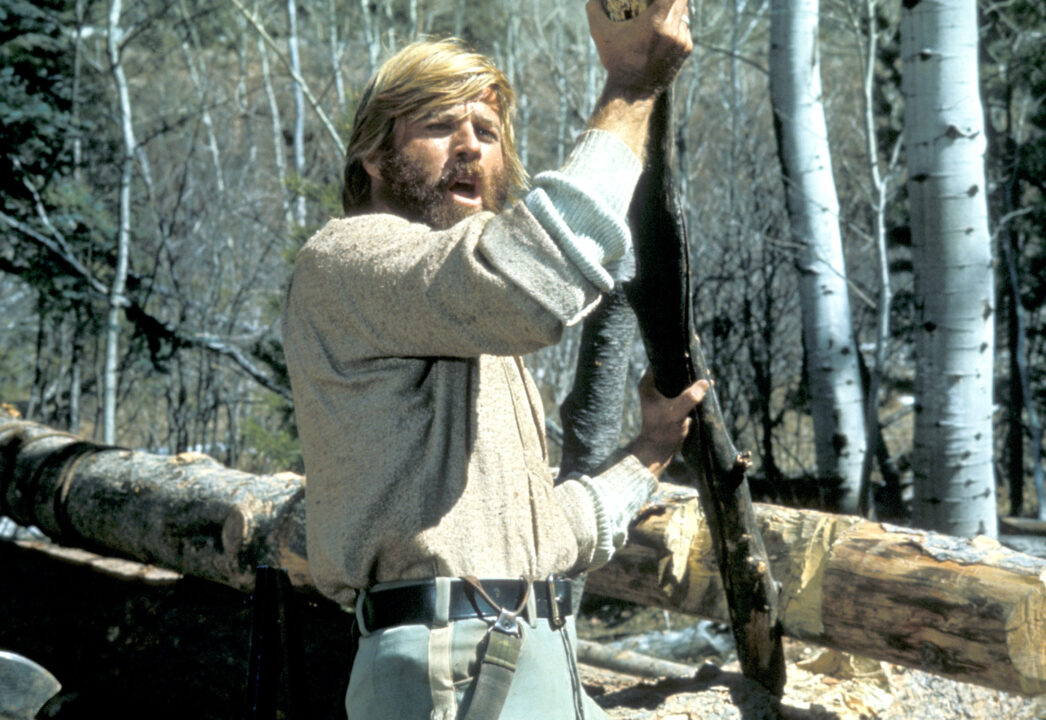
Warner Brothers/courtesy Everett Collection
So if that’s what kept you away from the genre, start off with the unusual Jeremiah Johnson, the story of a reclusive mountain man who learns to live in harmony with nature and his Native American neighbors. (Bonus: No matter how dirty and bearded he gets, he still looks like peak, early ’70s Robert Redford.) Then, progress to the based-on-fact Tell Them Willie Boy Is Here about the hunt for a renegade Paiute, Little Big Man with its contrarian account of the Little Big Horn massacre and of course the epic, romantic, Oscar-winning Dances With Wolves.
And, by the way, don’t think the best Western filmmakers aren’t aware that some people don’t like Westerns. They’re not so fond of the genre themselves — at least the clichéd parts — and work hard to fix that.
The great John Ford’s The Man Who Shot Liberty Valance, for example, is about how facts can become fiction, and how the characters we think we know — the famous gunman, the hard-as-horseshoes cowboy — hide all sorts of secrets. And yet, Ford points out, people still want the legend, as we also see in Unforgiven where, while Eastwood’s quietly lethal Bill Munny is unwillingly creating his own myth, Richard Harris’ vain English Bob is painfully trapped in his own.
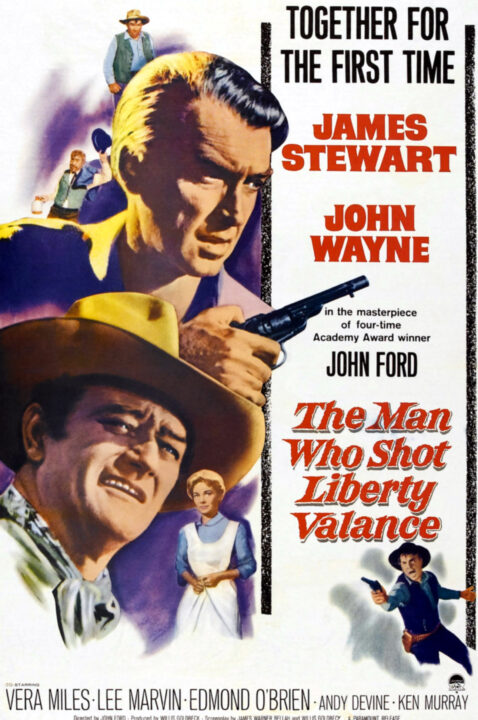
Everett Collection
The best Western for people who think they don’t like Westerns, though, may be High Noon, the spare story of a marshal who wants to quit but feels duty bound to stay and face the gunman who’s coming back to town. Too bad none of the townspeople feel duty bound to help. It’s a starkly realistic story, told in nearly minute-by-minute real time and without the usual Hollywood distractions of pretty landscapes and furious horseback chases.
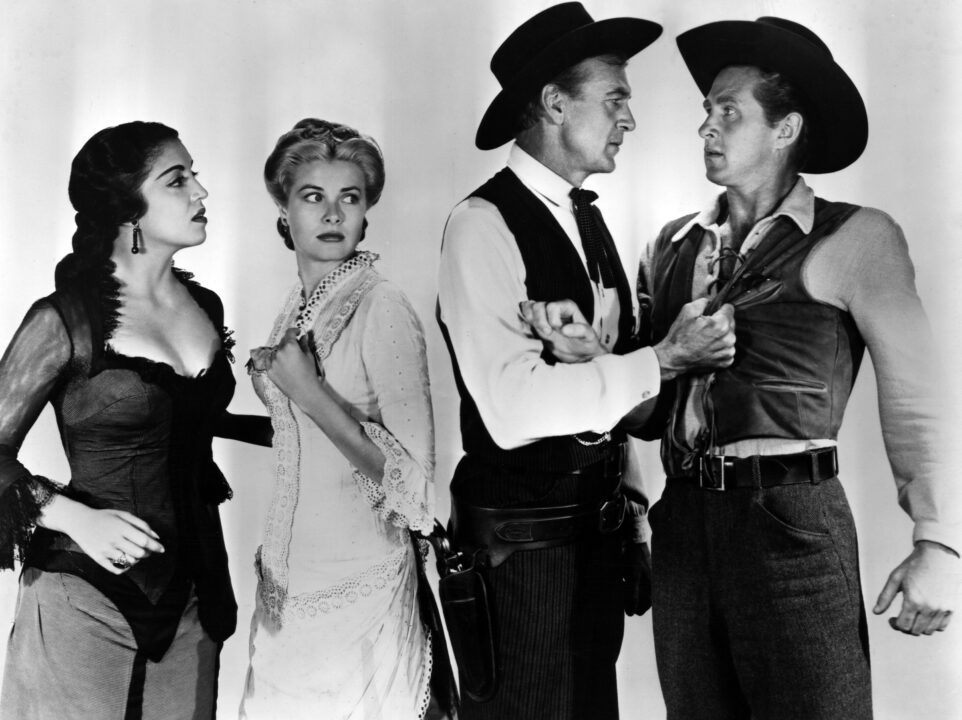
Everett Collection
It’s definitely a quiet, even downbeat film (see if the ending doesn’t remind you a little bit of Dirty Harry). A disgusted John Wayne even called it “un-American,” and the government seemed to agree — the movie’s leftist screenwriter, Carl Foreman, was blacklisted and fled to England. Yet the picture, with its theme of stubborn individualism, not only scored with U.S. audiences but has also been in steady rotation at the White House ever since; Ronald Reagan called it one of his favorite films, and Bill Clinton screened it some 20 times.
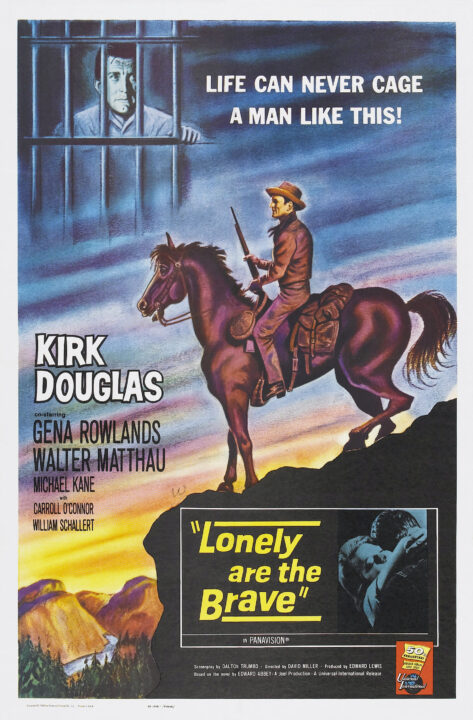
Everett Collection
Finally, if you’re looking for a Western that’s not like a Western — well, what is a Western, anyway? The brilliant, heartbreaking Lonely Are the Brave has an outlaw cowboy, a dogged sheriff, a loyal horse and a daunting trek across the mountains — but, shot and set in the early 1960s, it’s also got helicopters, highways and a modern world that poor Kirk Douglas just can’t understand. Born too late, he’d have given anything to live in the real Old West, where the plains were dark with cattle being driven to market, and the skies were full of stars. But he knows it’s almost gone. And already only really lives on in the movies.
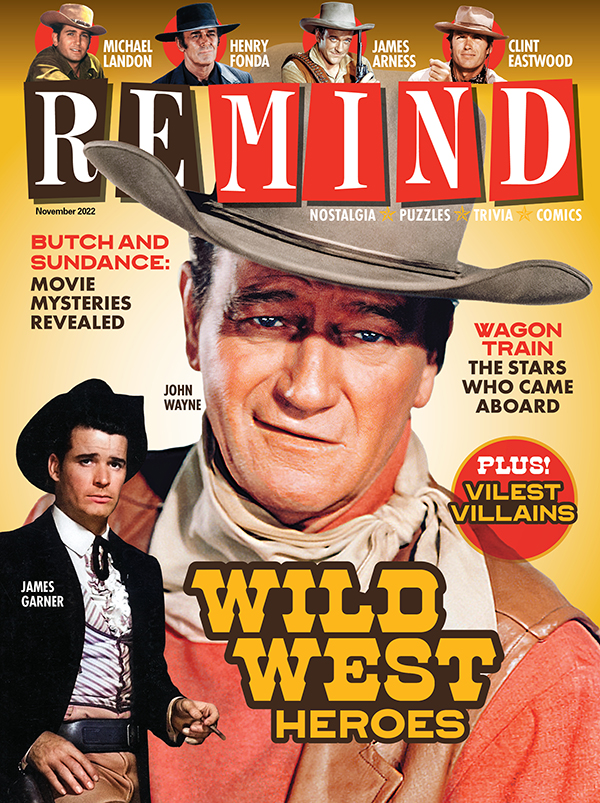
Wild West- Heroes & Villains
November 2022
Celebrates the unique sense of justice, compassion and adventure in the Old West as seen on TV and in the movies
Buy This Issue
